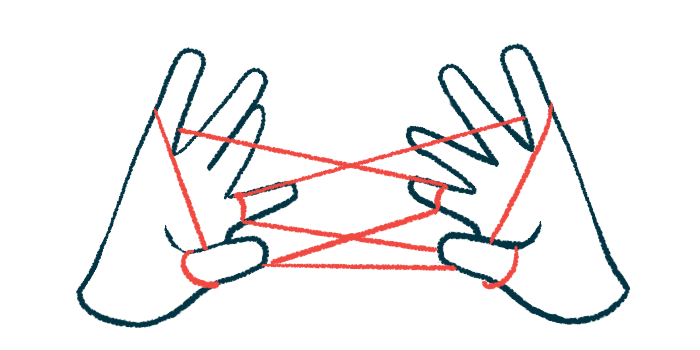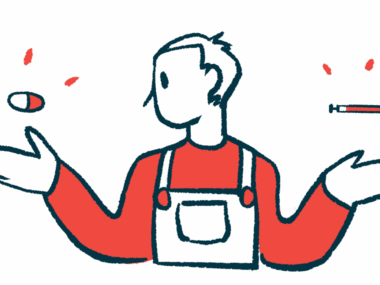More nuanced look at SMA upper limb function offered in analysis
Untreated type 2 patients show more changes in ability than type 3 patients
Written by |

Untreated patients with spinal muscular atrophy (SMA) type 2 showed more changes in their ability to perform upper limb activities over a year than those with SMA type 3, an analysis suggests.
Whether patients gained or lost the ability to perform upper limb functions depended on a number of factors, including age, disease severity, and their starting upper limb abilities.
The analysis involved a new way of looking at data from the Revised Upper Limb Module (RULM), a validated metric to view upper limb function in SMA patients that researchers believe offers a better and more detailed way of monitoring upper limb disease progression over time.
“Our results, measuring the number of abilities that are lost or gained, provide an additional method of detecting changes that can be used for the interpretation of the longitudinal data collected in treated SMA individuals,” the researchers wrote. The study, “Upper limb function changes over 12 months in untreated SMA II and III individuals: an item-level analysis using the Revised Upper Limb Module,” was published in Neuromuscular Disorders.
RULM is one of the functional scales used to look at disease progression in SMA patients and the effects of investigational treatments in clinical trials. It assesses 19 different upper limb functions, which are each scored on a scale of 0-2 based on whether a task can be completed (2), completed with compensation (1), or not completed at all (0). The total score is then calculated from 0-37, with a higher score indicating better upper limb function.
Researchers believe these total RULM scores might miss more nuanced changes in functional abilities. For people with SMA type 3, generally considered a less severe form of the disease than SMA type 2, total RULM scores might be relatively high and not change much over a year or two.
For this reason, researchers have explored finding better ways to look at upper limb function in SMA.
Changing upper limb function in SMA types 2, 3
One way is a so-called shift analysis, which looks at changes in a person’s ability to perform individual functions encompassed in RULM. Here, researchers explored this type of analysis using RULM data from 129 untreated patients with SMA types 2 and 3.
RULM assessments were collected twice, a year apart. Each person was evaluated to see if they’d gained a function, remained stable, or lost a function.
At the first assessment, or baseline, 12% of patients with SMA type 2 had a total RULM score of 0 and none had the maximum score of 37. None were able to complete all RULM activities.
After a year, more than half (54%) had lost the ability to perform one or more RULM functions and 42% gained the ability to perform at least one activity.
Gains in more than one activity were more likely in very young children, which researchers believe is “probably as a result of development or increasing ability to lift heavier weights.” Older patients with more severe disease were more likely to see activity losses.
Moreover, most of the gains or losses were observed in type 2 patients who could sit. Those who’d lost that ability “had a narrower range of shift changes as they were overall much weaker,” the researchers wrote.
Because so many patients with SMA type 2 were already unable to complete RULM items at baseline, they were more limited in their ability to show functional losses a year later, so the results would be biased toward gains.
No SMA type 3 patients had a RULM total score of 0 at baseline and around a third had the maximum score. Most (80%) could complete all the RULM items, except for lifting a two-pound weight by moving the arm away from the body, that is, abducting the shoulder.
In general, upper limb function was more stable in SMA type 3 patients than type 2. Over the year, 29% of participants lost one or more activities and 22% gained one or more activities.
Unlike the type 2 participants, a substantial proportion of type 3 patients with a maximum RULM score at baseline only enabled losses to be shown, according to the authors.
For both SMA types, patients who gained more than 2 points in their total RULM score tended to gain more activities and lose fewer, whereas those who lost more than 2 points in their total RULM score saw the opposite trend.
“Our findings provide an additional method of interpreting possible changes on the RULM that reflect the gain and the loss of activities that are meaningful to the families,” the researchers wrote, noting the study “will provide reference data for the interpretation of clinical trials or real world RULM data.”
A similar push toward shift analyses have been suggested for the Hammersmith Functional Motor Scale Expanded (HFMSE), a validated clinical scale of overall motor function to assess SMA patients.







